VOCs废气处理方相关介绍
随着社会不断发展,工业废气对人们生活与学习的环境造成了影响。针对这一问题,国家已出台相关法律条款,用以治理工业废气随意排放的现象。通常来说,VOCs 废气可分为多种类型,包括可溶于水的、刺激性强的、恶臭明显的等,其中主要包含硫化物、苯类、脂类、烃类等有机废气;这些有害气体若直接排放,不仅会破坏大气平衡,还会危害周边生物的健康。因此,依据废气处理的特性进行治理十分紧迫,也是亟待解决的问题,以下将对 VOCs 废气的环境污染及处理方法进行介绍。
With the continuous development of society, industrial waste gas has had an impact on people's living and learning environment. In response to this issue, the country has introduced relevant legal provisions to address the phenomenon of arbitrary discharge of industrial waste gas. Generally speaking, VOCs waste gas can be divided into various types, including water-soluble, highly irritating, and odorous, mainly including organic waste gases such as sulfides, benzenes, lipids, and hydrocarbons; If these harmful gases are directly emitted, they will not only disrupt the atmospheric balance, but also harm the health of surrounding organisms. Therefore, it is urgent and urgent to carry out treatment based on the characteristics of exhaust gas treatment. The following will introduce the environmental pollution and treatment methods of VOCs exhaust gas.
VOCs 废气对环境的污染体现在多个方面:其成分主要有二甲苯、四甲苯、醋酸丁酯等,组分较为复杂,且沸点大多较高(117.6-196.8℃)。这类废气具有浓度高、污染严重的特点,在治理过程中对技术工艺的要求十分严格,所以选择专业的技术方案十分必要。
The pollution of VOCs exhaust gas to the environment is reflected in multiple aspects: its components mainly include xylene, tetramethylbenzene, butyl acetate, etc. The components are relatively complex, and the boiling points are mostly high (117.6-196.8 ℃). This type of exhaust gas has the characteristics of high concentration and serious pollution, and the technical requirements for the treatment process are very strict. Therefore, it is necessary to choose a professional technical solution.
VOCs 废气的处理方法如下:
The treatment methods for VOCs waste gas are as follows:
1.待处理的有机废气进入蓄热室 1 的陶瓷介质层(该陶瓷介质 “储存” 了上一循环的热量),陶瓷释放热量后温度降低,有机废气吸收热量后温度升高,废气离开蓄热室后以较高温度进入氧化室,此时废气温度的高低取决于陶瓷体体积、废气流速和陶瓷体的几何结构。
1. The organic waste gas to be treated enters the ceramic medium layer of the heat storage chamber 1 (which "stores" the heat from the previous cycle). After the ceramic releases heat, the temperature decreases, while the organic waste gas absorbs heat and the temperature increases. After leaving the heat storage chamber, the waste gas enters the oxidation chamber at a higher temperature. At this time, the temperature of the waste gas depends on the volume of the ceramic body, the flow rate of the waste gas, and the geometric structure of the ceramic body.

2.在氧化室中,有机废气通过燃烧器加热升温至设定的氧化温度 760℃,使其中的 VOC 成分分解为二氧化碳和水。由于废气已在蓄热室内预热,燃料的消耗量大幅减少。氧化室有两个作用:一是确保废气能达到设定的氧化温度,二是保证有足够的停留时间让废气中的 VOC 充分氧化。废气在氧化室中焚烧成为净化后的高温气体,随后离开氧化室进入蓄热室 2(在前面的循环中已被冷却),放热降温后排出,而蓄热室 2 吸收大量热量后升温(用于下一个循环加热废气)。净化后的废气经烟囱排入大气,同时引入小股净化气清扫蓄热室 3。排气温度比进气温度高 40℃左右。
In the oxidation chamber, the organic waste gas is heated by a burner to a set oxidation temperature of 760 ℃, which decomposes the VOC components into carbon dioxide and water. Due to the preheating of exhaust gas in the heat storage chamber, the consumption of fuel is significantly reduced. The oxidation chamber has two functions: one is to ensure that the exhaust gas can reach the set oxidation temperature, and the other is to ensure sufficient residence time for the VOCs in the exhaust gas to be fully oxidized. The exhaust gas is incinerated in the oxidation chamber to become purified high-temperature gas, and then leaves the oxidation chamber and enters the heat storage chamber 2 (which has been cooled in the previous cycle). After releasing heat and cooling down, it is discharged, while the heat storage chamber 2 absorbs a large amount of heat and heats up (used to heat the exhaust gas in the next cycle). The purified exhaust gas is discharged into the atmosphere through the chimney, and a small stream of purified gas is introduced to clean the heat storage chamber 3. The exhaust temperature is about 40 ℃ higher than the intake temperature.
3.循环完成后,进气与出气阀门切换一次,进入下一个循环,废气从蓄热室 2 进入,从蓄热室 3 排出。同时引回部分净化气清扫蓄热室 1。如此反复,实现连续工作。
After the cycle is completed, switch the intake and exhaust valves once to enter the next cycle. The exhaust gas enters from the heat storage chamber 2 and is discharged from the heat storage chamber 3. Simultaneously introduce some purified gas to clean the heat storage chamber 1. Repeat this process repeatedly to achieve continuous work.
VOCs 废气通过废气收集装置,由高压风机送入 RTO 系统中加热,温度升高后进行高温氧化分解,形成无毒、无味的高温烟气。该设备利用蜂窝状陶瓷蓄热体回收并储存燃烧后的高温烟气热能,回收的热量超过 95%,可用于废气预热,从而达到环保节能的目的。
VOCs waste gas is collected by a waste gas collection device and sent to the RTO system for heating by a high-pressure fan. After the temperature rises, it undergoes high-temperature oxidation and decomposition, forming non-toxic and odorless high-temperature flue gas. This device utilizes honeycomb ceramic heat storage to recover and store the high-temperature flue gas heat energy after combustion, with a recovered heat of over 95%, which can be used for exhaust gas preheating, thus achieving the goal of environmental protection and energy conservation.
本文由VOCs废气处理友情奉献.更多有关的知识请点击:http://www.sdcjtz.com我们将会对您提出的疑问进行详细的解答,欢迎您登录网站留言.
This article is dedicated to the automatic shot blasting machine and friendship For more information, please click: http://www.sdcjtz.com We will provide detailed answers to your questions. You are welcome to log in to our website and leave a message
上一篇:机器人涂装线:机器人的应用
下一篇:安装焊烟除尘设备:这些事项要注意


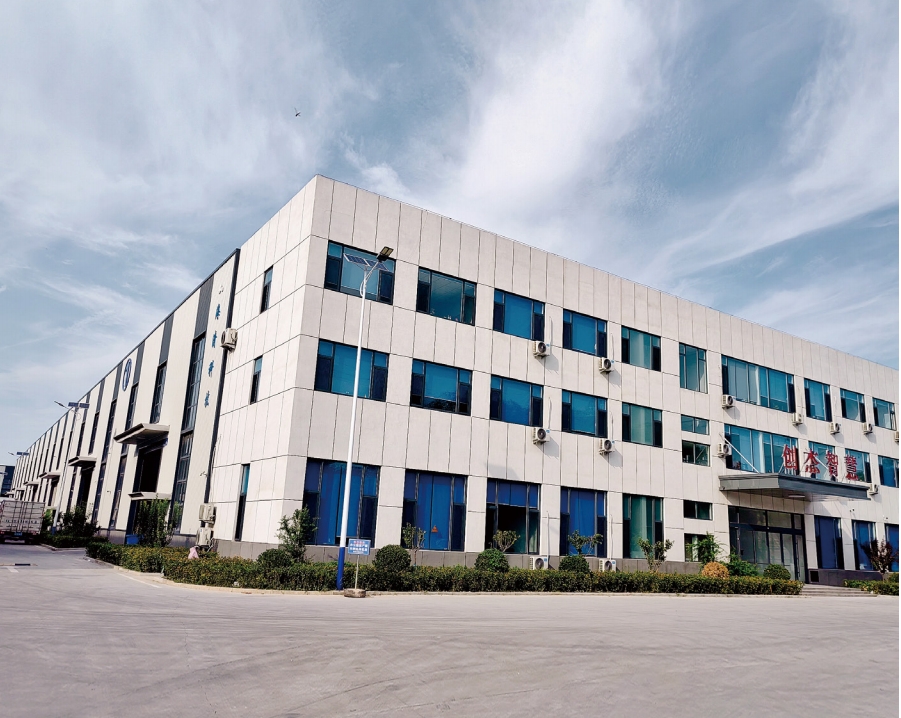

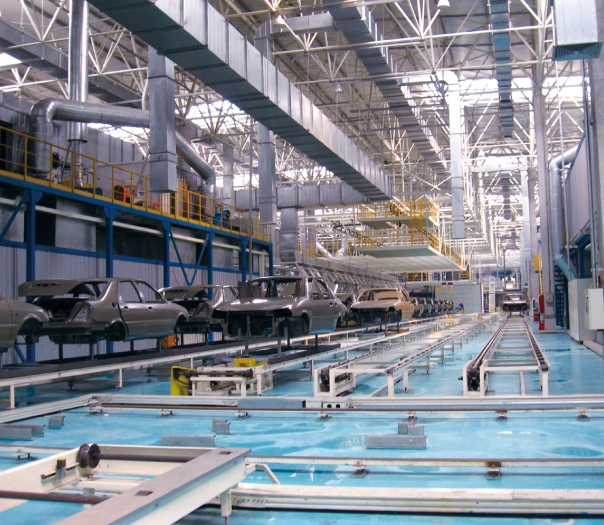
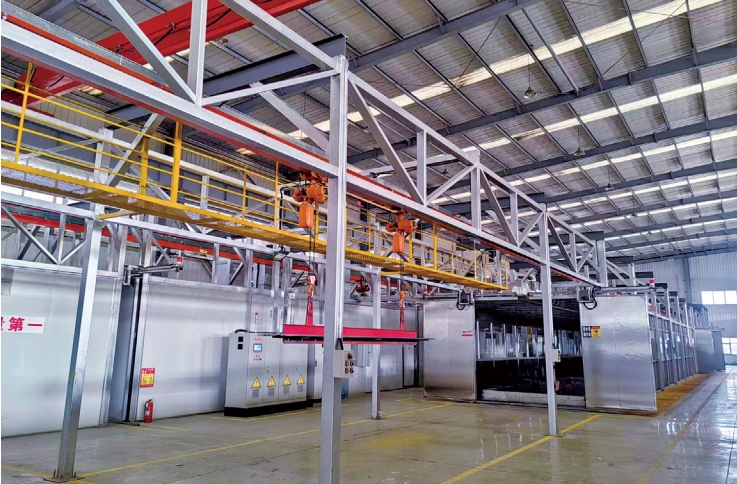
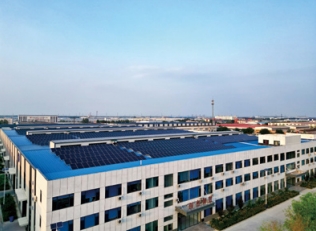
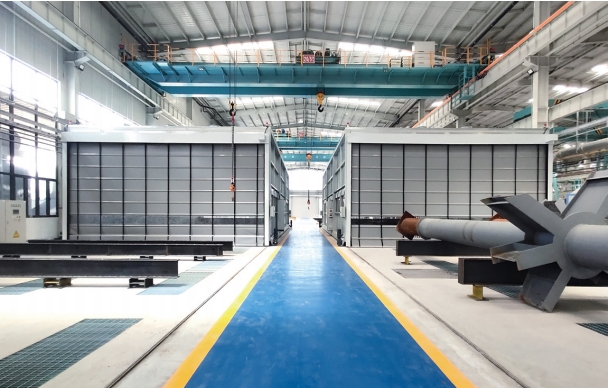
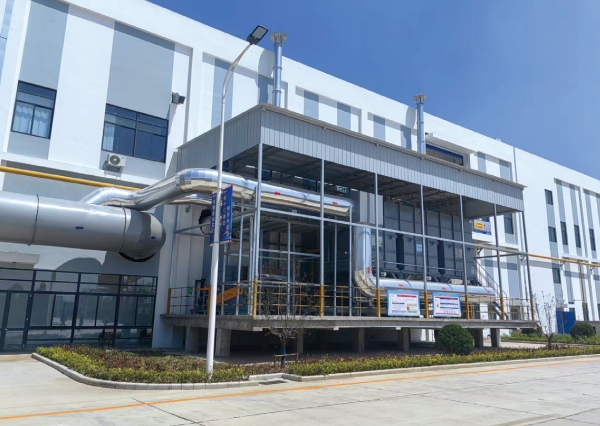
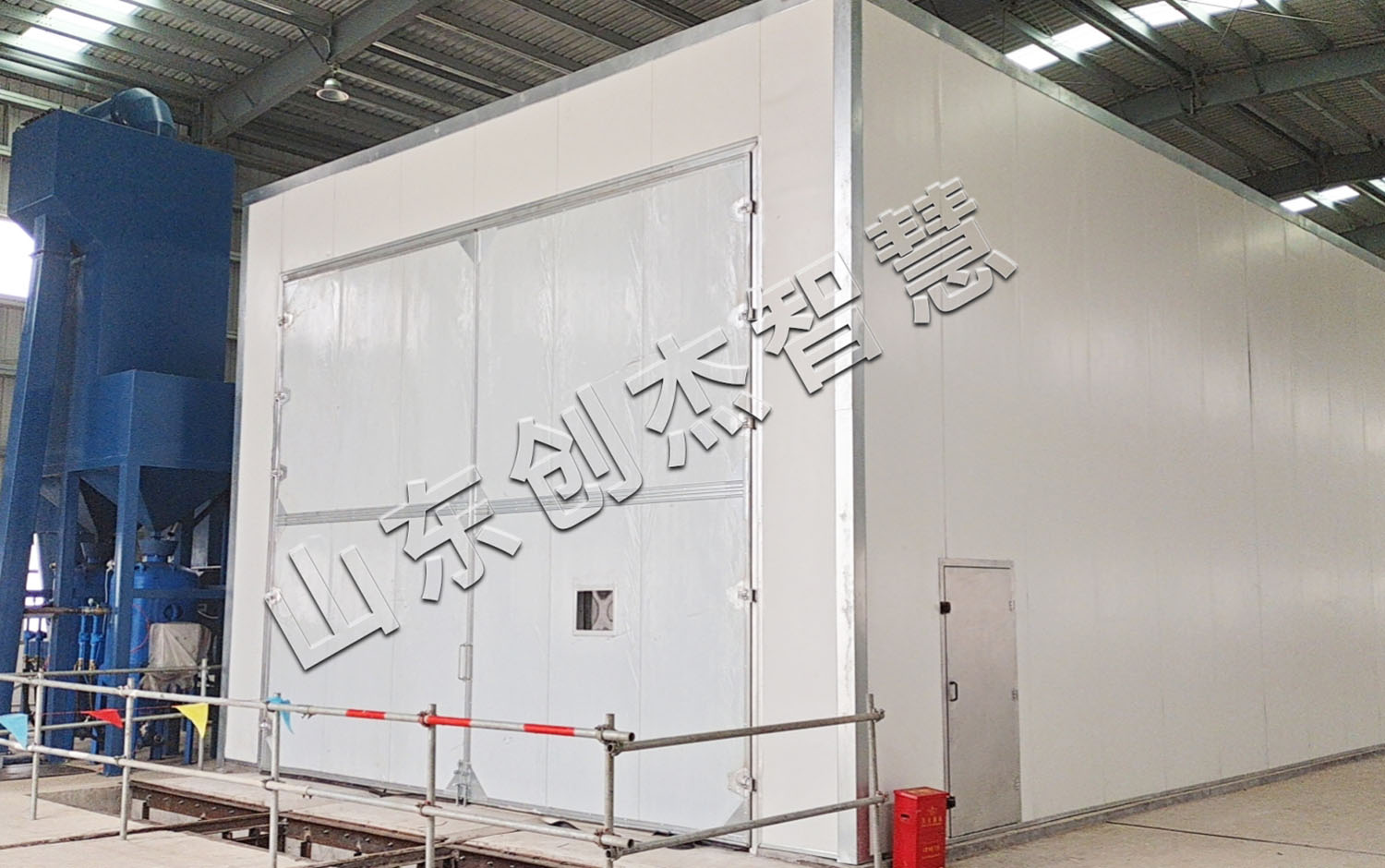

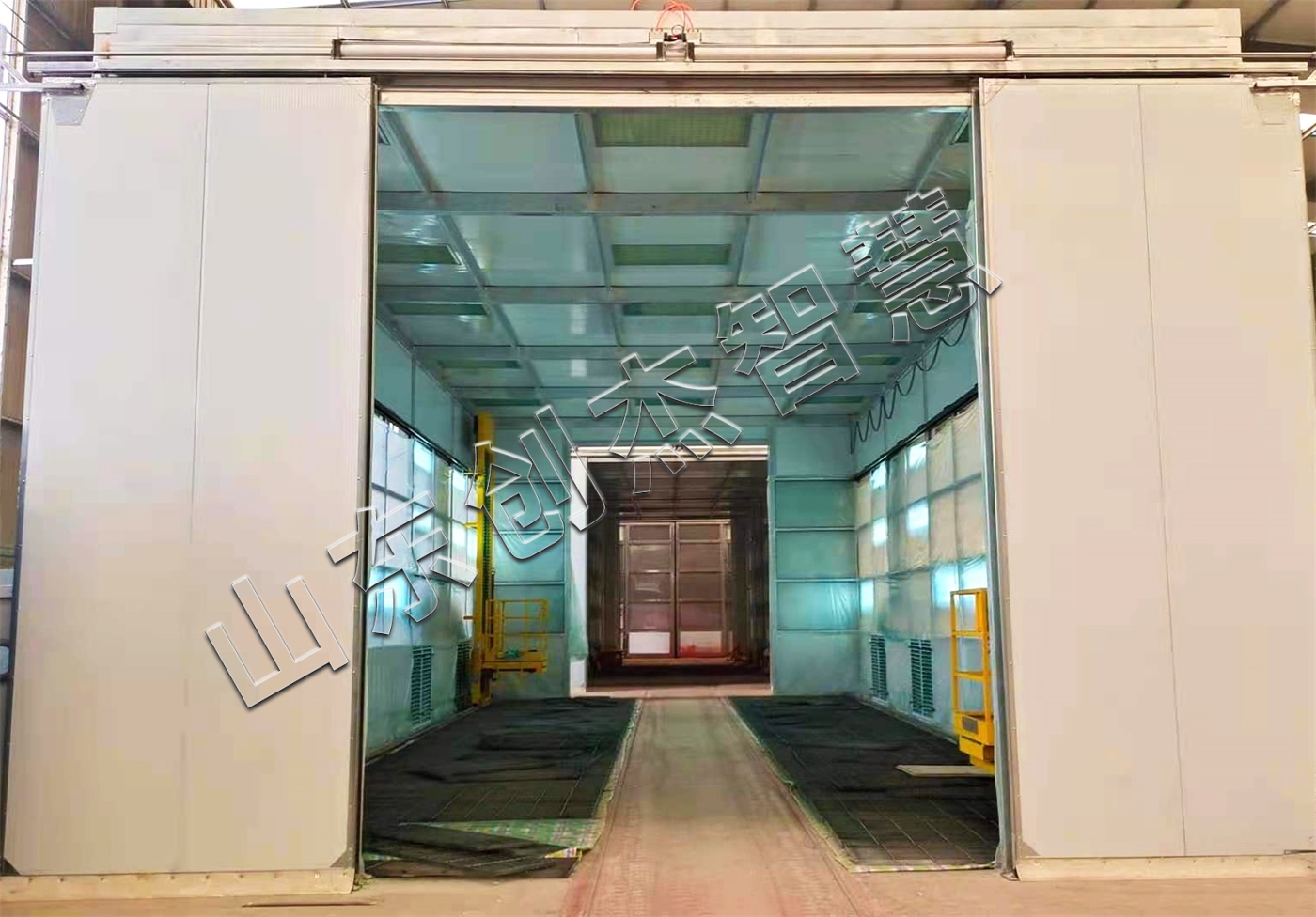
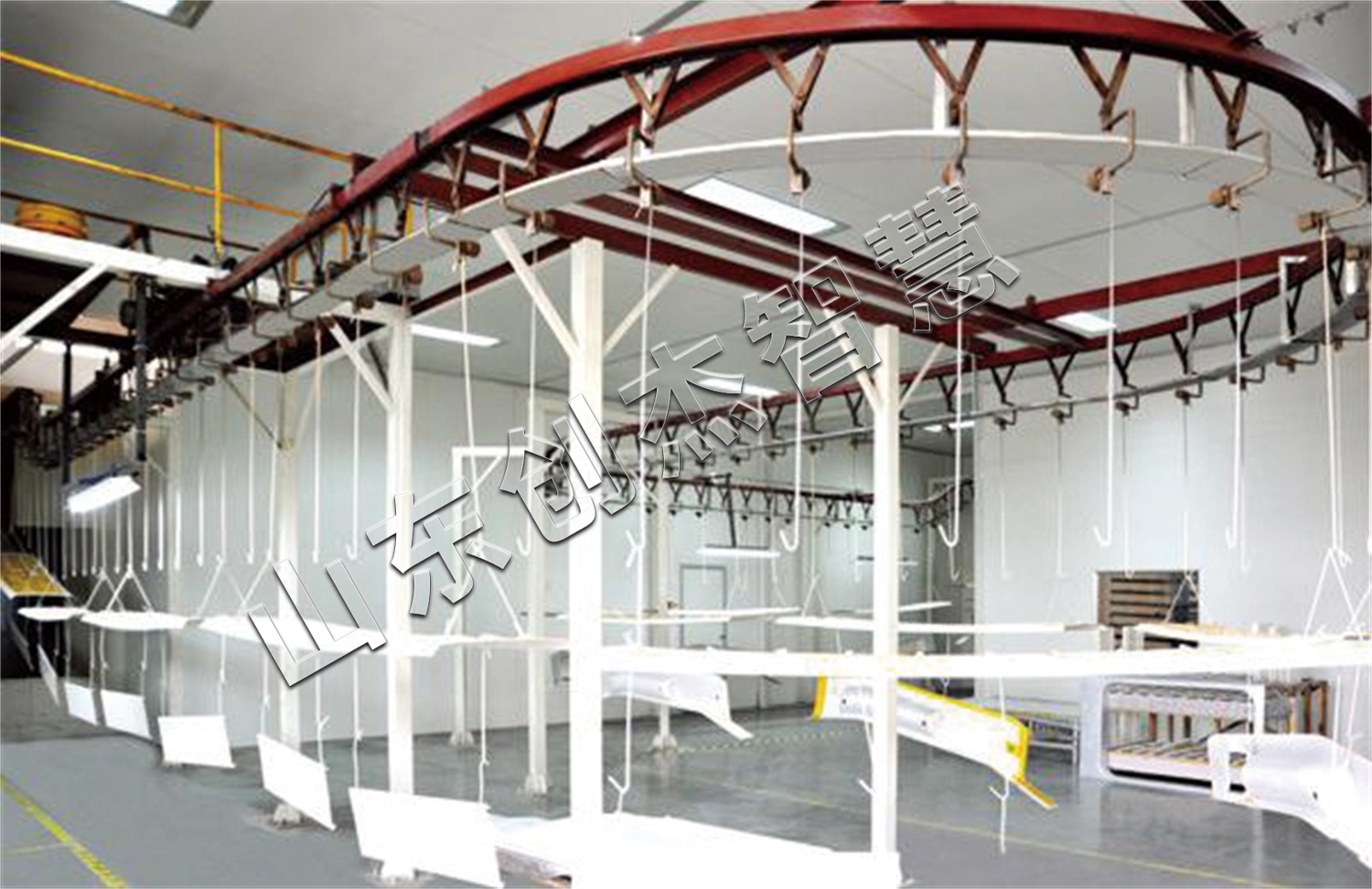
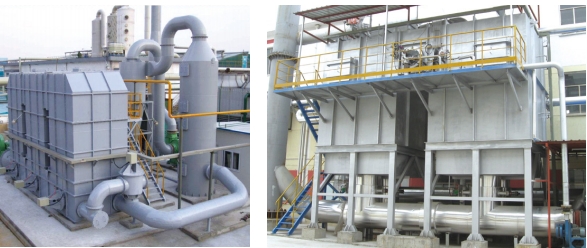
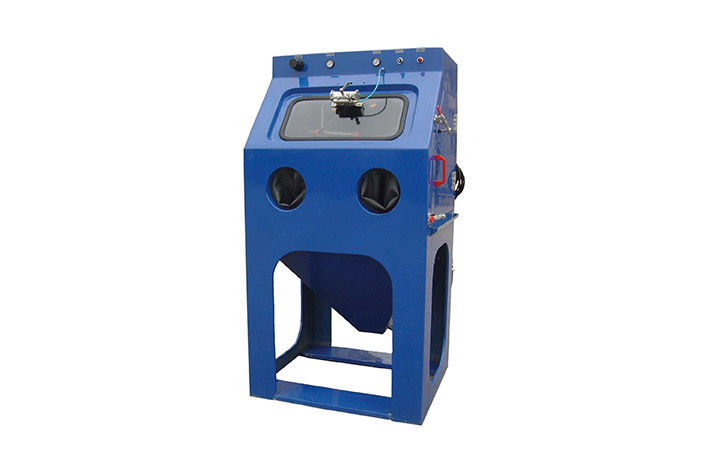

 鲁公网安备 37142502000144号
鲁公网安备 37142502000144号